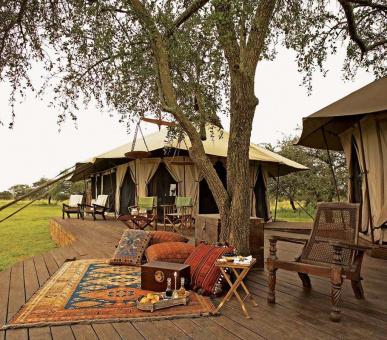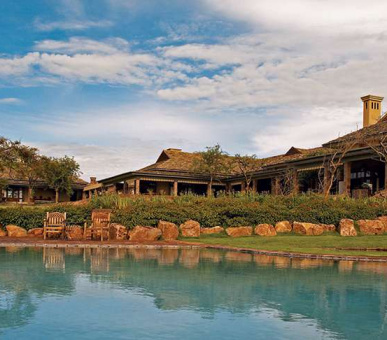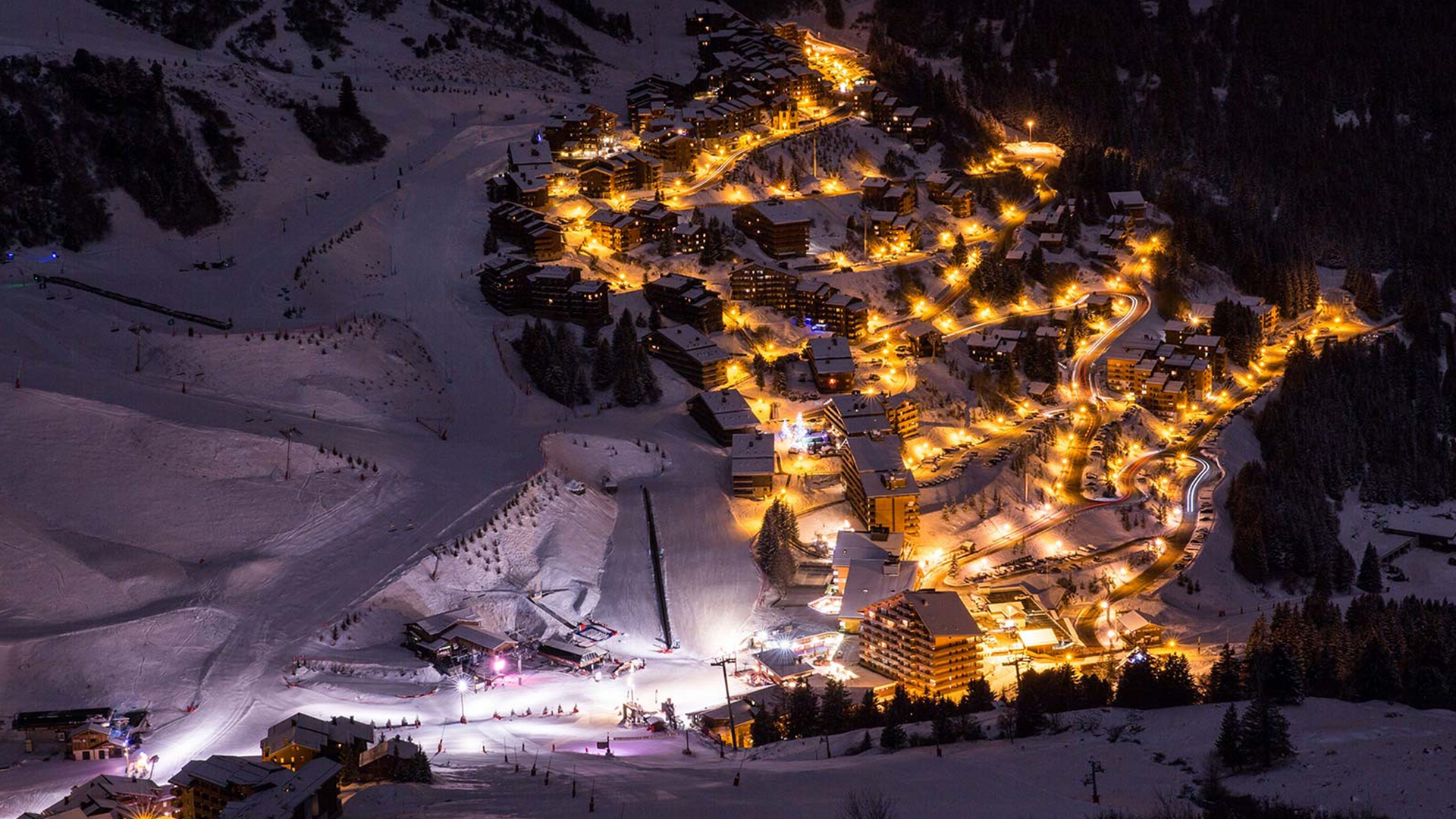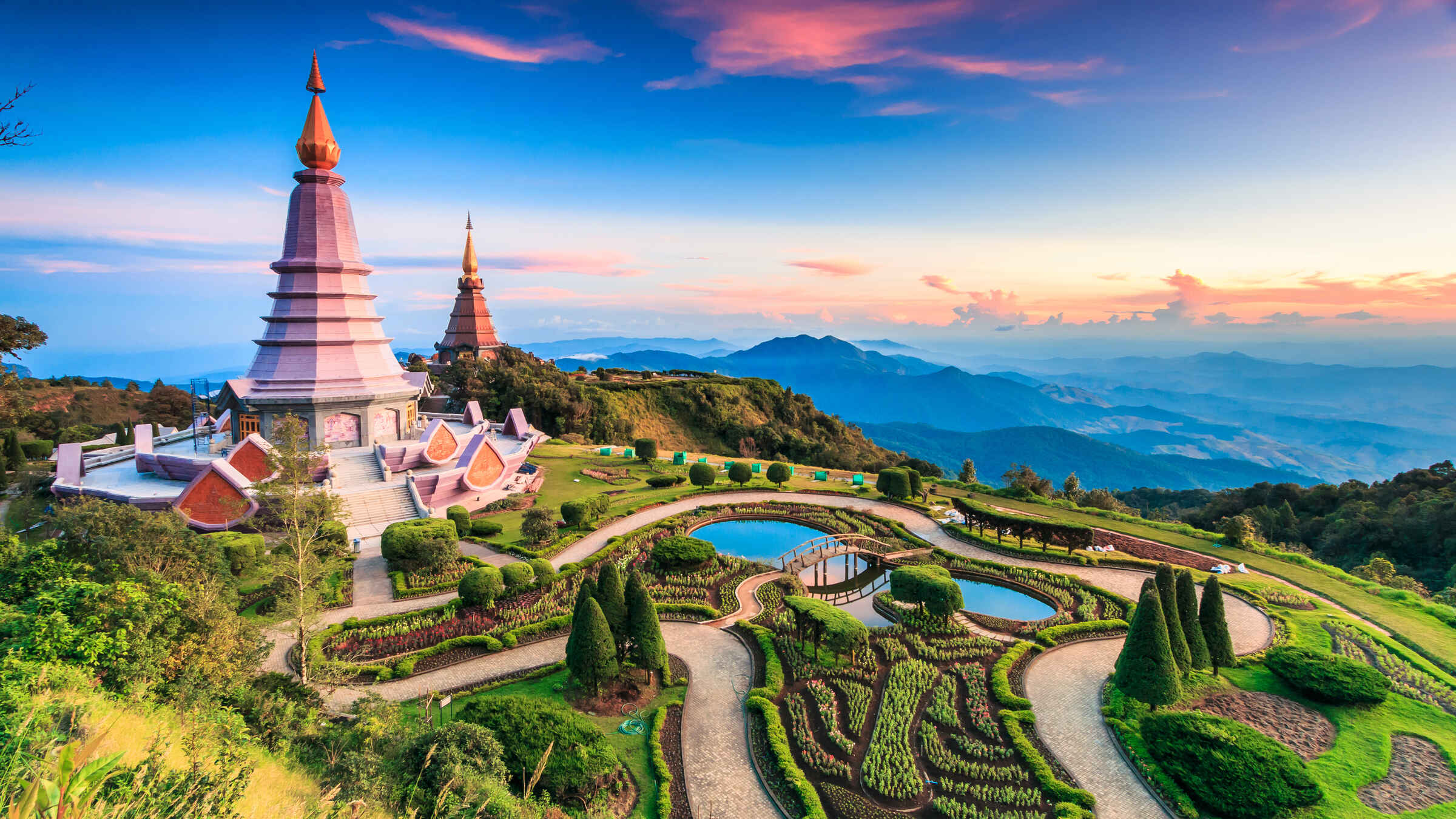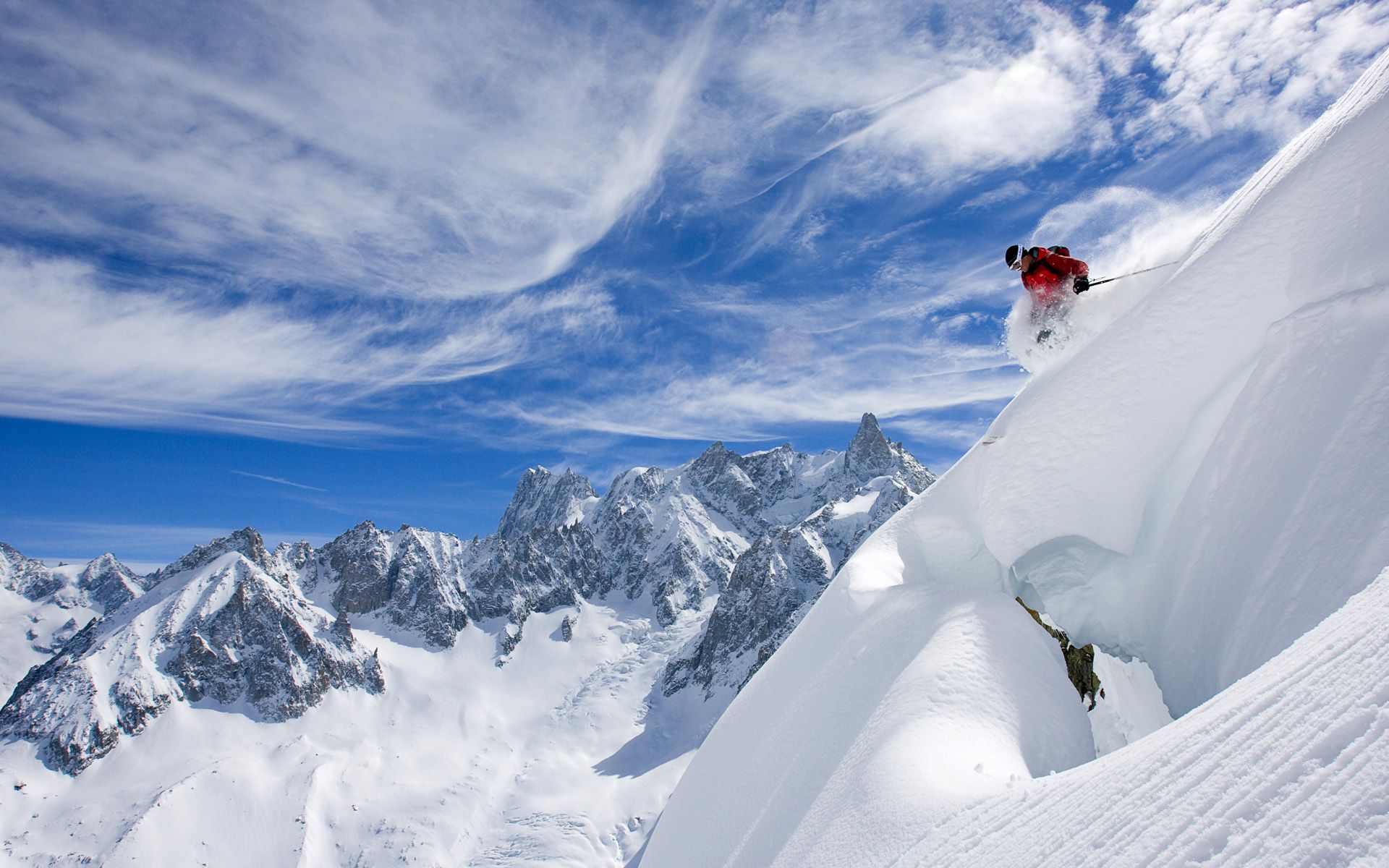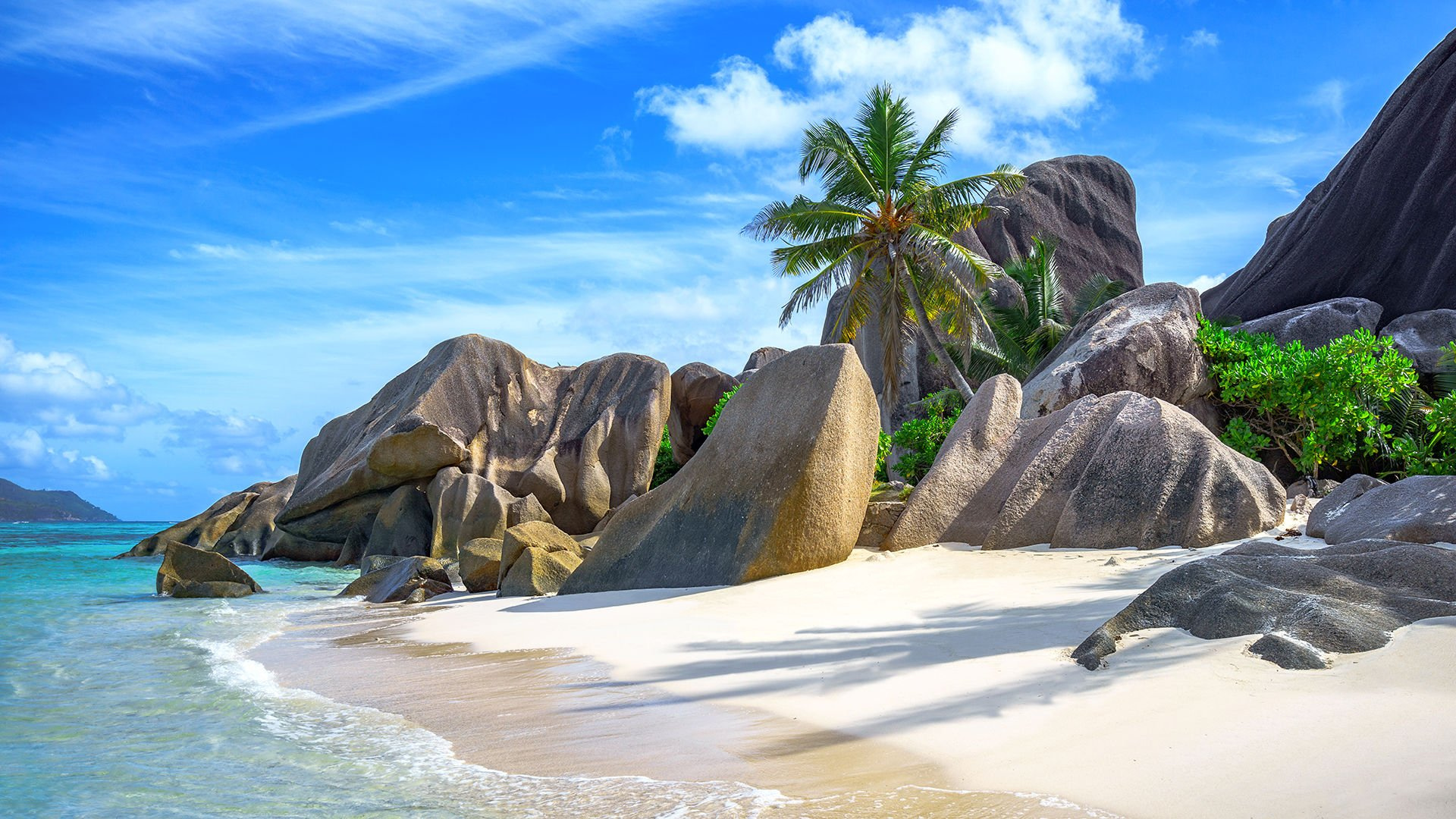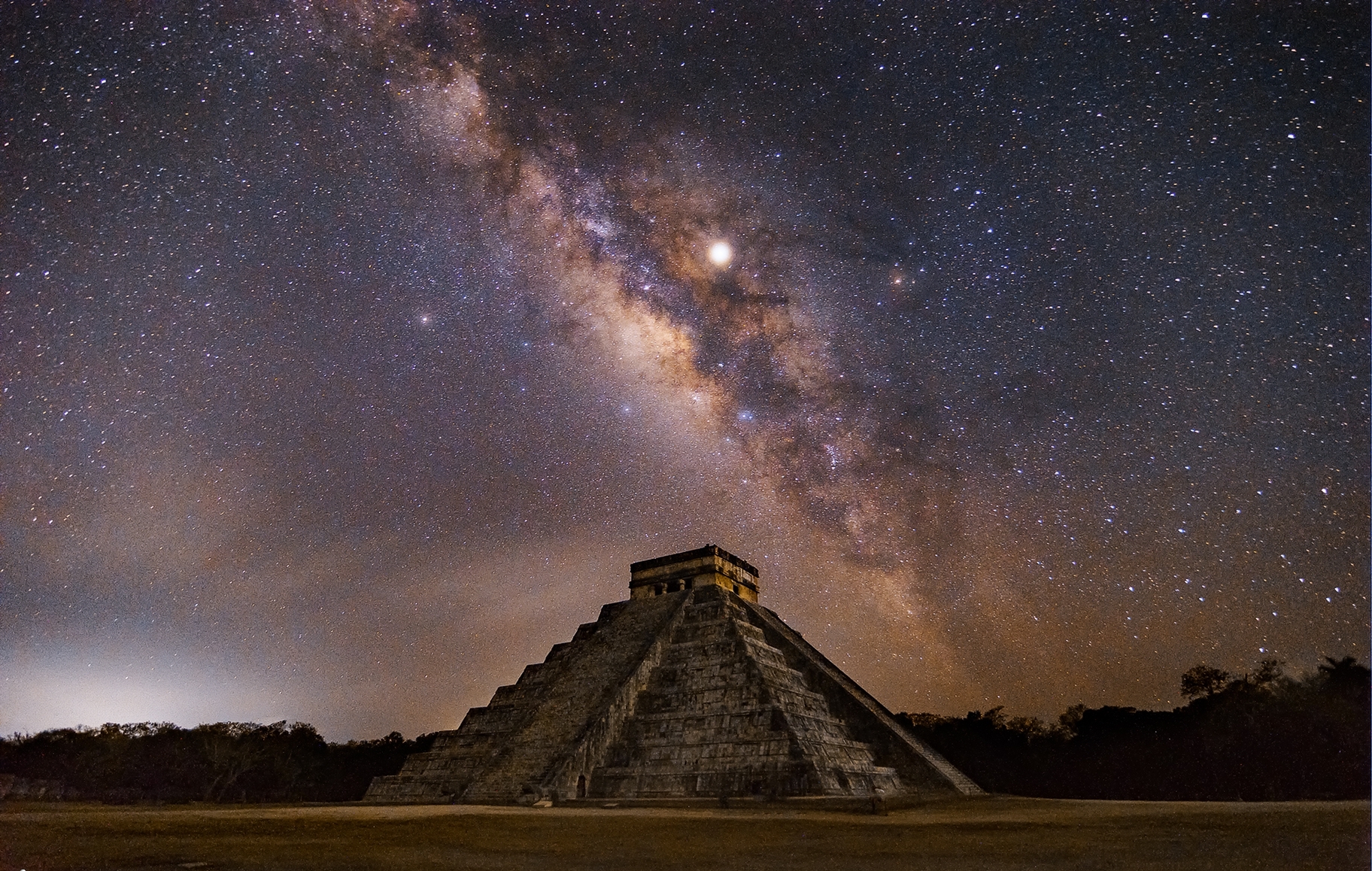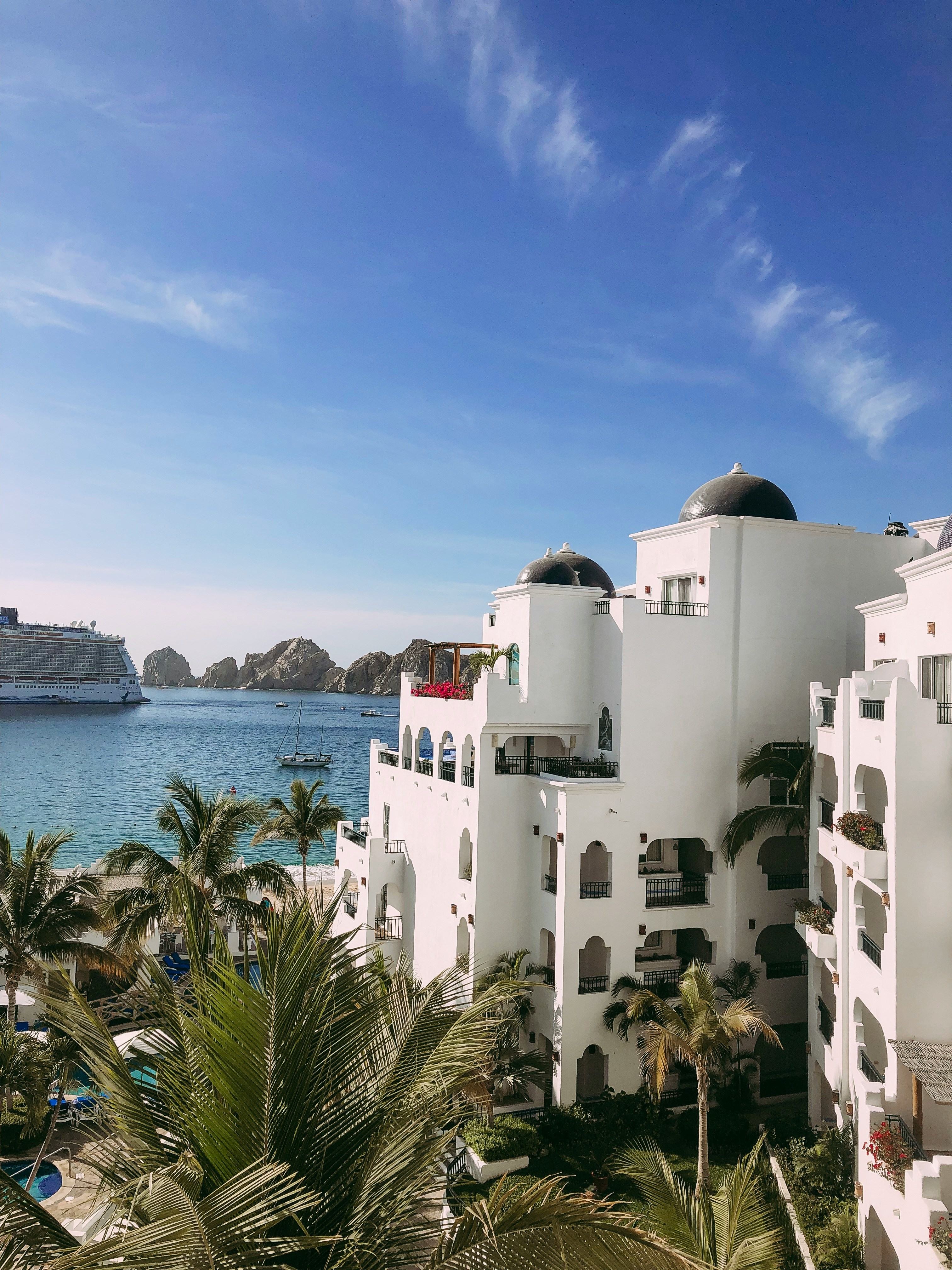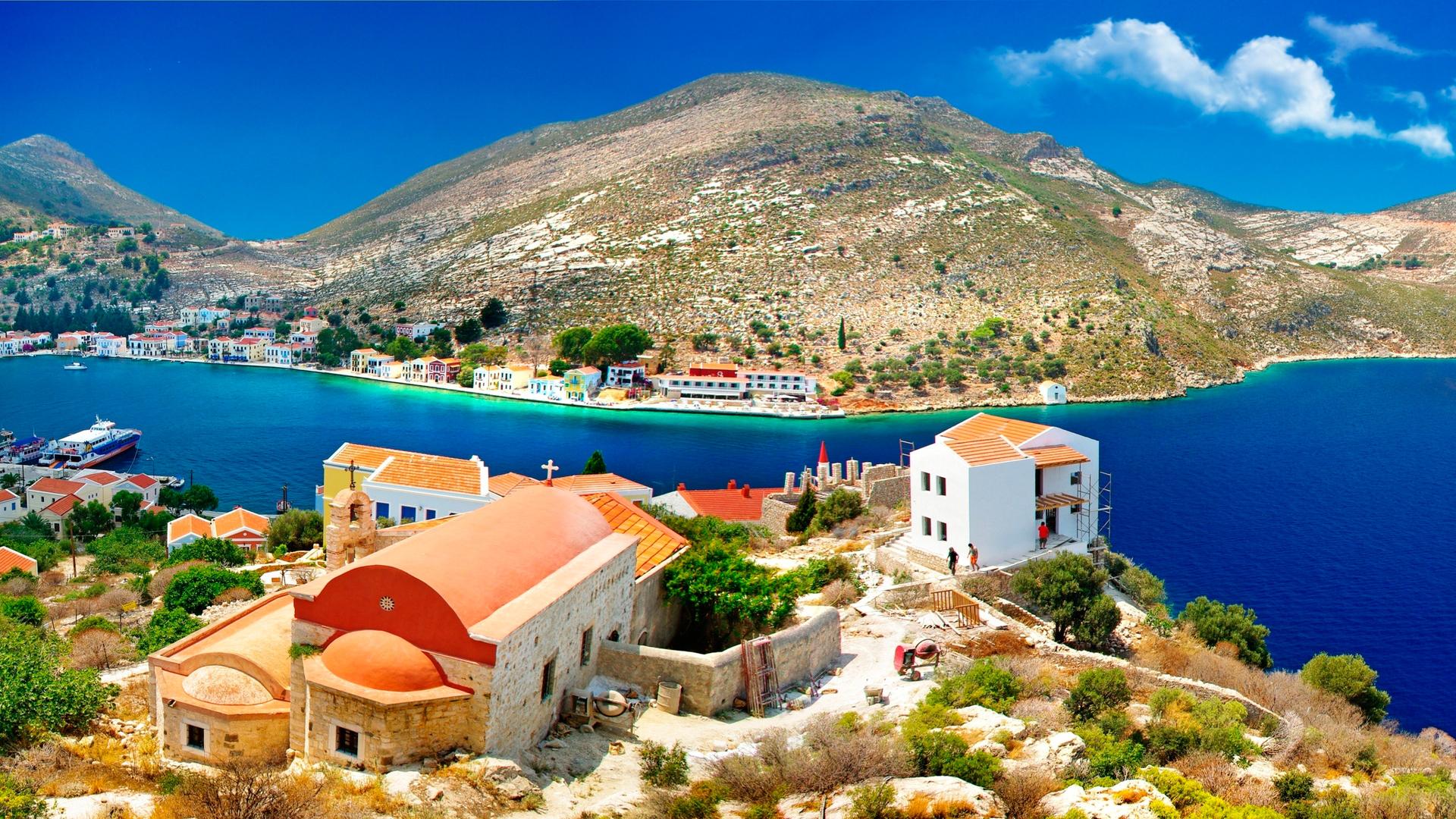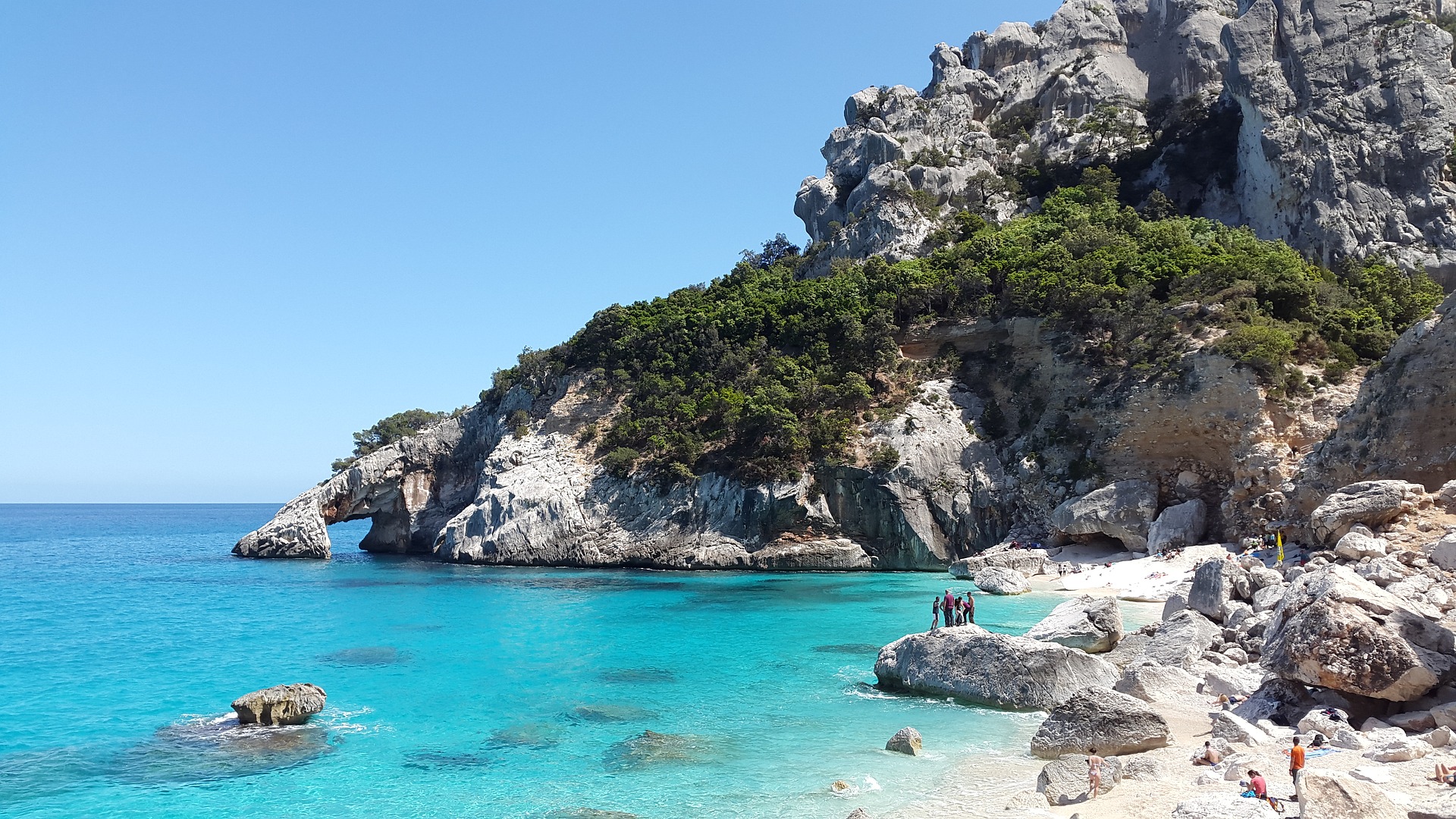Holidays in Serengeti National Park
Hotels






The first National Park of Tanzania was established in 1951 by British colonial authorities. In 1981, UNESCO was included in the World Heritage List. The word " Serngetti " in translation means " dilapidated plains " or, more precisely, from the Masai word " sringet " , the " stretching area " . The world ' s most famous Tanzanian and, according to some estimates, one of the world ' s best reserves has almost 15,000 square kilometres. This is where we can meet the East Africa that existed on the planet before the white man appeared here.
The unique geological and climatic conditions largely determine the way of life of local fauna. Landshafts change from the grasslands in the south and savannah in the middle to forested hills in the north. The real forests are in the western part of the park. The endless plains, savannahs, rivers and lakes are populated by more than 35 species of animals, including more than a million large mammals: lions (about 3,000 specials), anti-pumps, elephants, noses, leopards, buoywalas, crocodiles, hyenas, fatafes, other pavilians. More than 350 species of presumptive, endless insects also represent the nature of Serengeti. Ornithologists have about 500 species of birds in the park. The Reserve is considered to be one of the best places on the planet to monitor the lives of lions, hepards and giraffes.
The most interesting development in the park is the annual migration of man-made people, especially anti-pocket wrath, whose total population is about 1.5 million. During the rainy season, which continues from November to May, the herd of anti-pocket to Mr., Zebre and other herbal migrates in search of fresh pastures in the Masaï-Mara Reserve is a distinctive extension of Serengeti, located in south-west Kenya. During the dry season, the northern low-alkali plains become almost half-seater, causing massive migration of grassy in high-quality staps where wet grass remains. In search of food, animals are surpassing about 1,000 kilometres, putting their lives at great risk. And after the rains start again, the herds go backwards.
The forest in Serengeti is mainly composed of accuses and ficuses, and the tree is black. Another feature of the park is border mountains.
Cops (kopje) similar to stone islands elevated among the sealess grass. Small stone hills, whose age is up to 3 million years, often surround the location of hotels, lodges or park camps. Safari on the jeeps, safari on the balloons, the hip safari, the fisherman.






